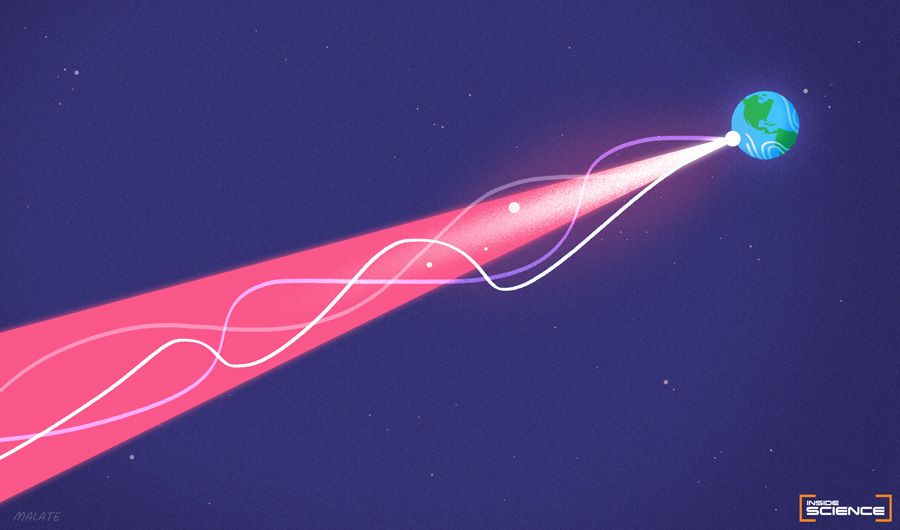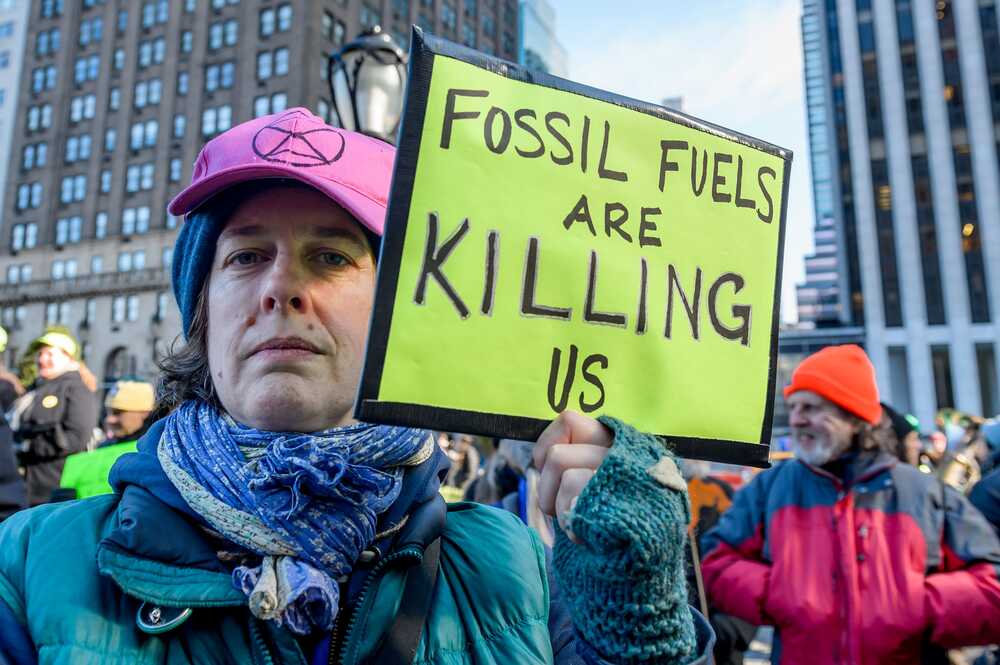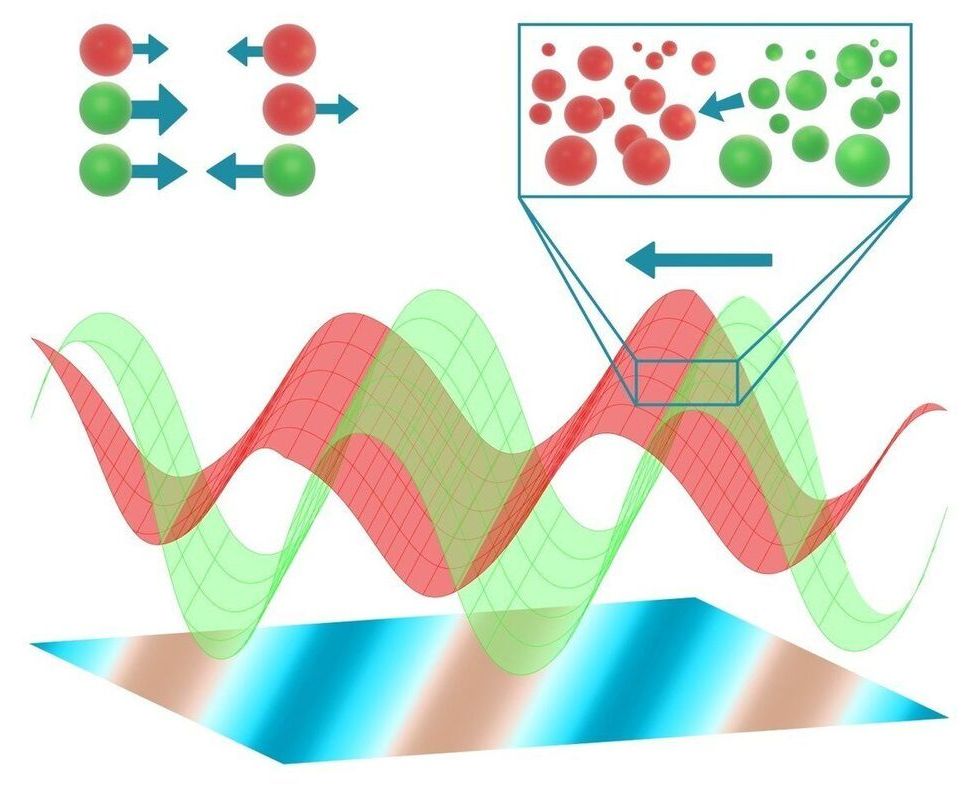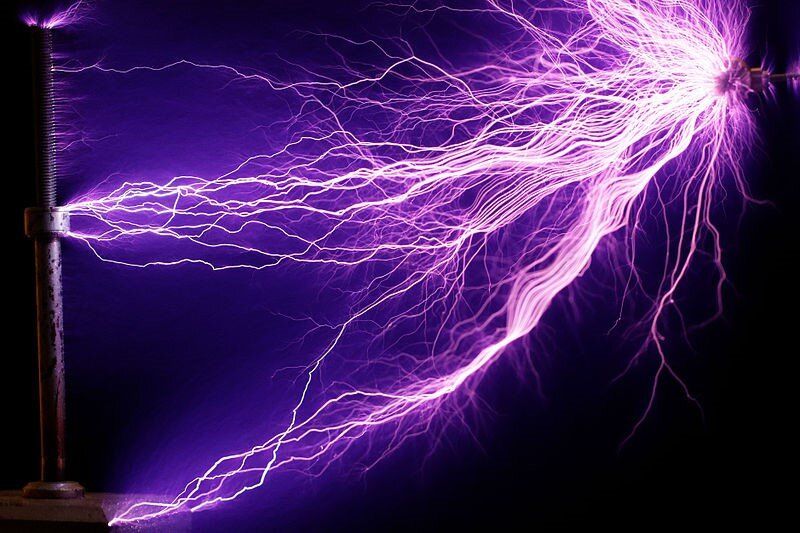(Inside Science) — Have you ever played with a pocket-sized laser, wondering how far its light would travel? Could you, a naughty student inside a classroom on Earth, annoy a poor substitute teacher on Mars by waggling your laser pointer at him?
Page 6507
Nov 20, 2020
An $11 trillion global hydrogen energy boom is coming. Here’s what could trigger it
Posted by Quinn Sena in categories: energy, sustainability
“California curtailed between 150,000–300,000 MWh of excess renewable energy per month through the spring of 2020, yet saw its first rolling blackouts in August because the grid was short on energy,” says Paul Browning, CEO of Mitsubishi Power Americas (formerly known as MHPS). “Long-duration energy storage projects like ours that are designed to shift excess energy from periods of oversupply, like California in the spring, to periods of undersupply, like California in late summer, are critical to ensure similar events are avoided as we continue to make significant strides towards deep decarbonization.”
Storing fuel in salt caverns isn’t new, but hydrogen’s growing role in decarbonization has revitalized interest in the concept. The U.S. Strategic Petroleum Reserve has long stored emergency crude oil in underground salt caverns on the Gulf Coast, and notes they cost 10 times less than aboveground tanks and 20 times less than hard rock mines. The Reserve has 60 enormous caverns, typically 200 feet in diameter and 2,500 feet tall, and one “large enough for Chicago’s Willis Tower to fit inside with room to spare.”
Caverns can be created in salt domes by drilling into the salt dome and injecting the rock with water, which dissolves the salt. The resulting brine is extracted, leaving a large cavity. The next step is storing hydrogen in the cavern. Hydrogen electrolyzers can convert water into hydrogen by using renewable energy from solar and other sources. The hydrogen can then be stored, and reconverted to electricity when needed.
Nov 20, 2020
World first: Dutch brewery burns iron as a clean, recyclable fuel
Posted by Raphael Ramos in categories: business, energy
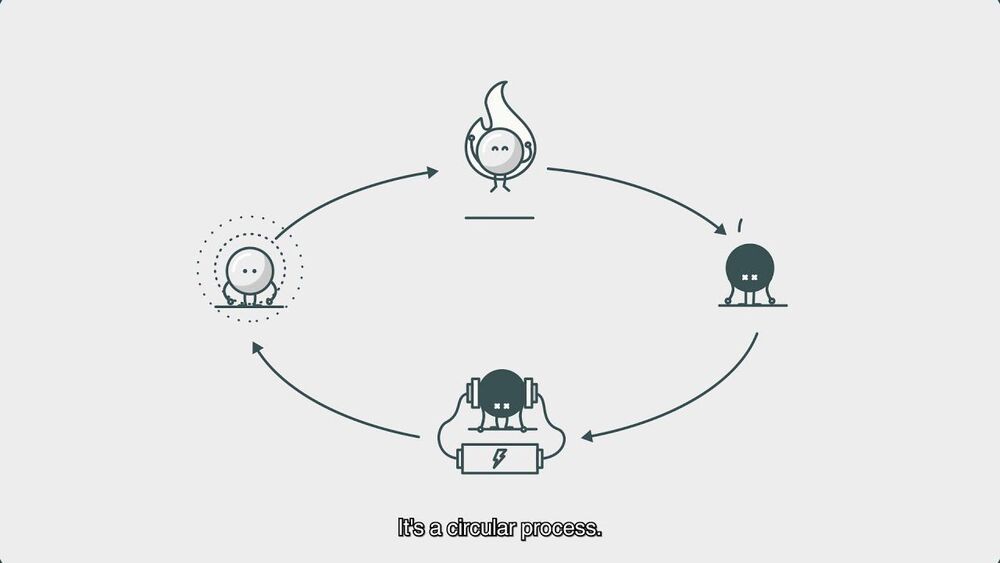
Burning iron as clean fuel.
Very interesting. I wonder if this method can become mainstream. 😃
Continue reading “World first: Dutch brewery burns iron as a clean, recyclable fuel” »
These guys are are able to grow patches of min-forest along roads and parks.
It’s a chance to get back to nature! 😃 I think it would be good to get in touch with nature after a hard day at work or after a long trip. 😃
Nov 20, 2020
New technology allows cameras to capture colors invisible to the human eye
Posted by Saúl Morales Rodriguéz in category: electronics
Nov 20, 2020
New model that describes the organization of organisms could lead to a better understanding of biological processes
Posted by Saúl Morales Rodriguéz in categories: biological, physics, robotics/AI
At first glance, a pack of wolves has little to do with a vinaigrette. However, a team led by Ramin Golestanian, Director at the Max Planck Institute for Dynamics and Self-Organization, has developed a model that establishes a link between the movement of predators and prey and the segregation of vinegar and oil. They expanded a theoretical framework that until now was only valid for inanimate matter. In addition to predators and prey, other living systems such as enzymes or self-organizing cells can now be described.
Order is not always apparent at first glance. If you ran with a pack of wolves hunting deer, the movements would appear disordered. However, if the hunt is observed from a bird’s eye view and over a longer period of time, patterns become apparent in the movement of the animals. In physics, such behavior is considered orderly. But how does this order emerge? The Department of Living Matter Physics of Ramin Golestanian is dedicated to this question and investigates the physical rules that govern motion in living or active systems. Golestanian’s aim is to reveal universal characteristics of active, living matter. This includes not only larger organisms such as predators and prey but also bacteria, enzymes and motor proteins as well as artificial systems such as micro-robots. When we describe a group of such active systems over great distances and long periods of time, the specific details of the systems lose importance.
Nov 19, 2020
Going beyond the anti-laser may enable long-range wireless power transfer
Posted by Quinn Sena in categories: biotech/medical, computing, mobile phones
Ever since Nikola Tesla spewed electricity in all directions with his coil back in 1891, scientists have been thinking up ways to send electrical power through the air. The dream is to charge your phone or laptop, or maybe even a healthcare device such as a pacemaker, without the need for wires and plugs. The tricky bit is getting the electricity to find its intended target, and getting that target to absorb the electricity instead of just reflect it back into the air—all preferably without endangering anyone along the way.
These days, you can wirelessly charge a smartphone by putting it within an inch of a charging station. But usable long-range wireless power transfer, from one side of a room to another or even across a building, is still a work in progress. Most of the methods currently in development involve focusing narrow beams of energy and aiming them at their intended target. These methods have had some success, but are so far not very efficient. And having focused electromagnetic beams flying around through the air is unsettling.
Now, a team of researchers at the University of Maryland (UMD), in collaboration with a colleague at Wesleyan University in Connecticut, have developed an improved technique for wireless power transfer technology that may promise long-range power transmission without narrowly focused and directed energy beams. Their results, which widen the applicability of previous techniques, were published Nov. 17, 2020 in the journal Nature Communications.
Nov 19, 2020
Scientists Discover a ‘One in a Million’ Super-Earth Near the Centre of the Galaxy
Posted by Quinn Sena in category: space
Nov 19, 2020
Supercomputer Aurora 21 will map the human brain, starting in 2021
Posted by Quinn Sena in categories: neuroscience, supercomputing
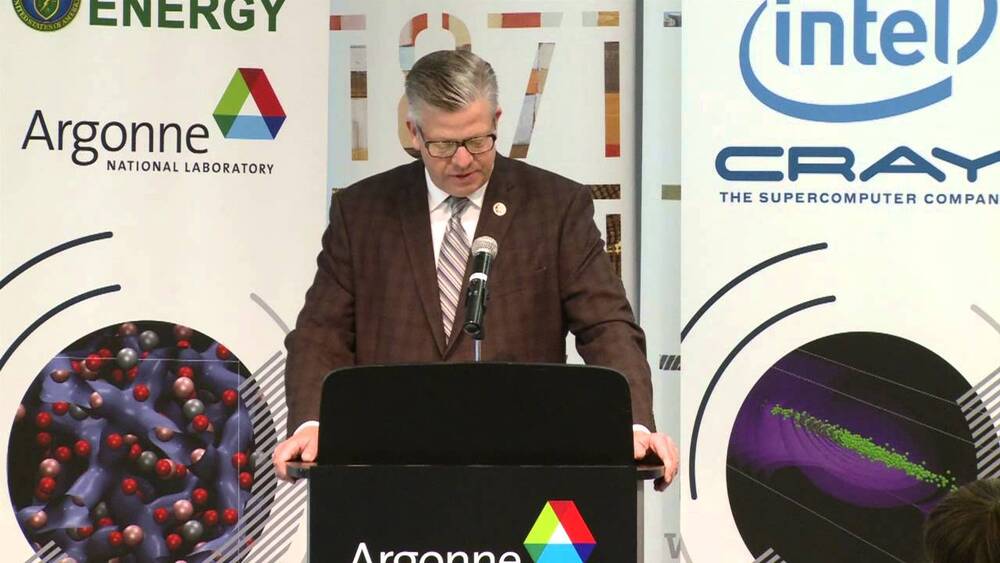
Aurora 21 will help the US keep pace among the other nations who own the fastest supercomputers. Scientists plan on using it to map the connectome of the human brain.
Nov 19, 2020
Dark Matter Candidate Could Generate String-Like Entities in Exotic Materials
Posted by Quinn Sena in categories: cosmology, mathematics, particle physics, quantum physics
Calculations show how theoretical ‘axionic strings’ could create odd behavior if produced in exotic materials in the lab.
A hypothetical particle that could solve one of the biggest puzzles in cosmology just got a little less mysterious. A RIKEN physicist and two colleagues have revealed the mathematical underpinnings that could explain how so-called axions might generate string-like entities that create a strange voltage in lab materials.
Axions were first proposed in the 1970s by physicists studying the theory of quantum chromodynamics, which describes how some elementary particles are held together within the atomic nucleus. The trouble was that this theory predicted some bizarre properties for known particles that are not observed. To fix this, physicists posited a new particle—later dubbed the axion, after a brand of laundry detergent, because it helped clean up a mess in the theory.
